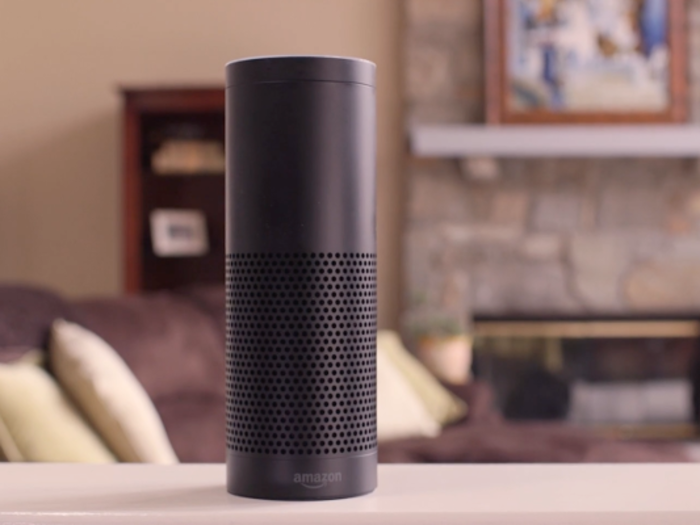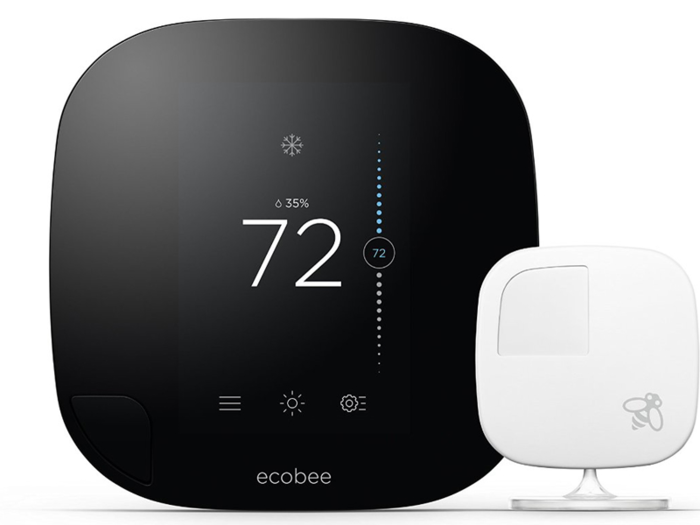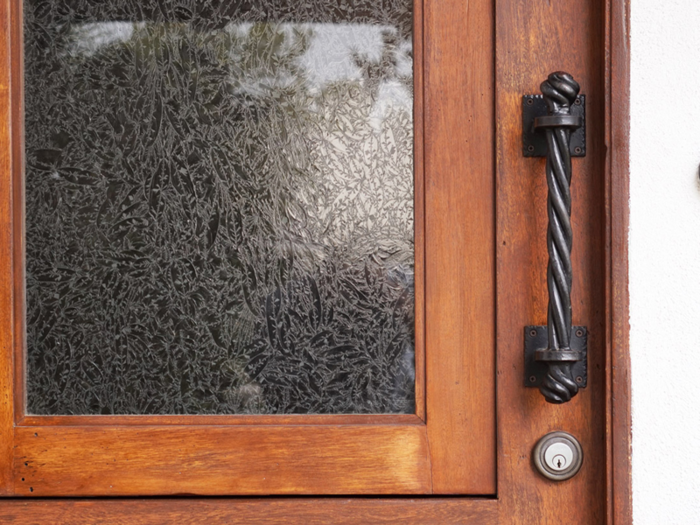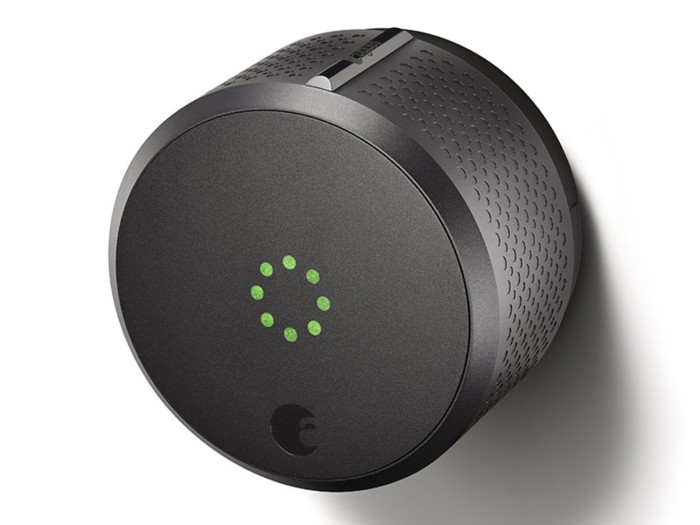- Home
- smallbusiness
- Tech
- The 6 best smart home devices you can buy
The 6 best smart home devices you can buy
Philips Hue White

Belkin WeMo Insight Switch

The Belkin WeMo Insight Switch effectively turns whatever’s plugged into it into a smarter version of itself. Through its app — or through certain hubs like the Amazon Echo — you can remotely control when you want a lamp, fan, space heater, or what have you to turn on or off.
You can automate that, too: IFTTT support lets you, say, have a device shut off once it hits a certain energy cost, and you can also create pre-set schedules, if you want to make it so that AC turns on 10 minutes before you get back to the house.
Again, it’s not like anyone needs this — and it’s worth noting that some users have reported connection issues in the past — but it can save cash when used to its fullest extent. It’s also nice to know if you really left the iron plugged in after you’ve left for work.
Amazon Echo

You probably know the deal with the Amazon Echo by now: It’s mediocre as a Bluetooth speaker, but surprisingly and increasingly useful as a household virtual assistant. There’s a learning curve to figuring out how exactly you can talk to the Alexa software at its core, but once you get past that, it has the simplest interface possible.
You just talk to it, and it’ll play music, tell you the weather, order a pizza, call an Uber, control your other smart home devices, tell dad jokes, or whatever else you’re thinking. All of that works because the set of built-in microphones are strong enough to pick up your voice from across the house.
Really, the Echo’s smaller, more affordable sibling, the Echo Dot, is a smarter buy, as it can connect to whatever better sounding speakers you already own. It’s sold out at the moment, though. For now, the original is still impressive — just know that others like it are on the way.
Ecobee3 Smarter WiFi Thermostat

As with the smart lights and switches above, a smart thermostat’s appeal lies in its potential energy savings. Sure, it’s totally possible to keep costs down with an ordinary model if you’re vigilant — but most people aren’t vigilant. Something like the Ecobee3 takes much of the thinking off your hands, and is at least capable of paying itself off over time. It looks nice, too.
In truth, though, whether or not you want the Ecobee or the Ecobee’s more recognizable rival, the Nest Learning Thermostat, depends on where you live. Both can automatically adjust your home’s temperature based on your preferences and schedule, and both work with IFTTT and various other smart home devices, like the Echo.
The main difference is that the Ecobee3 supports remote sensors, allowing it to monitor separate rooms and account for any temperature differences accordingly. That jacks up the cost even higher — though the device comes with one sensor in the box — but it might be necessary if you live in a larger house.
The Nest, meanwhile, makes its measurements based on wherever it happens to be located. That’ll be fine for lots of people, and you could argue that its rounded design blends in nicer than the Ecobee’s big black rectangle. Either way, for the most part, there is value in a smart thermostat.
SkyBell HD

The SkyBell HD is a connected doorbell with built-in motion sensors and a 1080p camera. When someone’s at the door, you can see who’s there through a live stream in its companion app. Like the other devices here, it works with third-party services and devices like IFTTT and the Echo. (You can tell Alexa to start recording a video, for instance.)
Aside from being an anti-social person’s dream, the idea is to provide an added sense of security. It’s also useful if you’re expecting a package while you’re away from the house, since it’ll give you a notification when somebody shows up.
Is that worth $200 — and potentially having to adjust the wiring in your door frame — to you? Maybe not. But if you can take the plunge, it works well, and adds some convenience to a not-uncommon concern.
August Smart Lock

To be clear, most people don’t have to “augment” their house keys with their smartphone. If you wanted to add that dimension, though, the latest August Smart Lock does its job well enough to make it feasible.
At $229, it’s expensive, but it’s built well and (relatively) easy to install over most existing deadbolts. It works with IFTTT and Apple’s HomeKit — but not with Samsung’s SmartThings Hub — and its companion app is simple to get around.
Most importantly, it works. Pair the lock with that app, and you can make it so it automatically unlocks as you approach your house. You can also do that remotely (if you have a visitor coming), allow loved ones to have access to the Smart Lock-enabled door, and unlock it with Siri (though you’ll need a new Apple TV to do that remotely).
Now, it’s totally understandable if you’re uneasy with the idea of trusting the cloud (and Bluetooth) with your front door. It’s not like house keys are broken as a concept. But August’s app does let you check your lock’s status at any time, and it’ll show you a history of every time that lock was used.
Really, though, you’d get this because you hate fumbling with house keys. In that sense, it actually is a smarter take on a familiar thing.
Popular Right Now
Popular Keywords
Advertisement